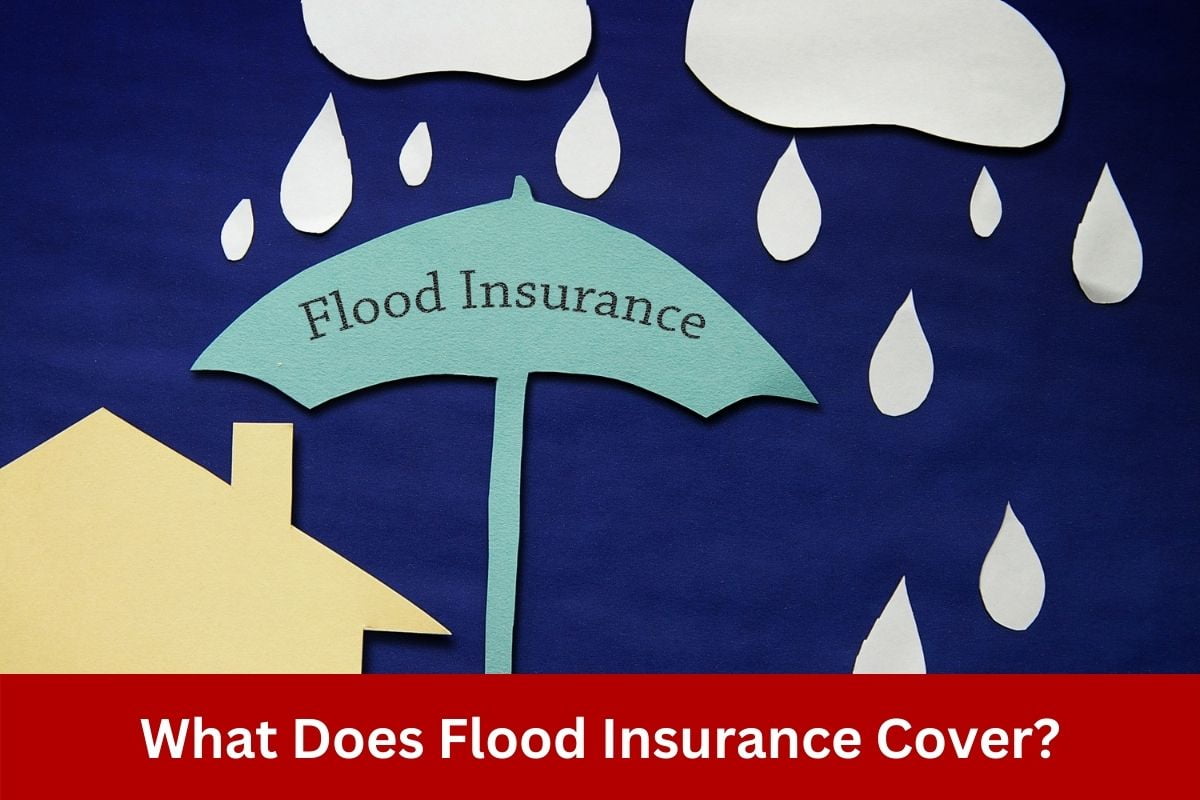Any homeowner in Florida understands the need for flood insurance. After all, with flooding becoming more and more common, the risks to your home are high. However, you may not know exactly what flood insurance covers and what makes it different from regular homeowners insurance.
As we’ll see, flood insurance covers any naturally occurring floods. It also covers certain types of internal flooding that may not be covered by service line coverage. We will get into the nitty-gritty of what is and is not included.
First, let’s take a look at how flood insurance differs from homeowners insurance.
Why is flood insurance not covered by homeowners insurance?
If you’re wondering why you need specific flood insurance, your confusion is understandable. You are already paying a lot of money every month to cover your home in case of most named perils. Why is flood insurance not included?
The simple answer to this is that private insurers are not prepared to pay for something as common as flooding in a state like Florida. The risk of flooding is just too high to be priced for at regular homeowners insurance rates. Unless they started offering extremely expensive flood insurance that most people could not afford, covering floods would cause them huge losses.
If your insurer does not cover flood insurance, who does?
FEMA’s National Flood Insurance Program
The Federal Emergency Management Agency (FEMA) provides subsidized flood insurance through the National Flood Insurance Program (NFIP). They have the budget to pay for damages caused by flooding even in high-risk areas. However, this is not a service they provide for free. Rather, it is offered at a much cheaper cost than a private insurer could afford.
For a long time, NFIP premiums were mostly standardized. Recently, FEMA changed the way they price flood insurance. They increased prices in areas with higher risk, lowering them in low-risk areas. In particularly high-risk areas, prices went up quite significantly.
The intention was twofold. For one thing, FEMA wanted to provide fair pricing for low-risk households that had essentially been subsidizing the high-risk ones. For another, they wanted to discourage people from buying or building homes in areas that may soon become uninhabitable due to regular flooding.
Unfortunately, if you are in one of these areas, there is not much you can do to lower your NFIP premiums. What you definitely should not do is drop your flood insurance altogether. Many households have done so, leaving them in danger of losing everything in a bad flood.
So, what exactly does flood insurance cover?
What does flood insurance cover?
You can get flood insurance that provides building coverage and contents coverage.
- Electrical and plumbing systems
- Furnaces and water heaters
- Refrigerators, cooking stoves, and built-in appliances
- Permanent carpeting
- Permanent cabinets, paneling, and bookcases
- Foundation walls, anchorage systems, and staircases
- Detached garages
- Fuel tanks, well water tanks and pumps, and solar energy equipment
Contents coverage includes:
- Personal belongings
- Curtains
- Washer and dryer
- Air conditioners
- Microwaves
- Valuable items like artwork and designer clothes (up to $2,500)
What doesn’t flood insurance cover? Flood insurance is limited when it comes to high-risk parts of the home like basements. It also does not cover things like sewer backups that were not caused by an external flood.
To qualify, a flood needs to be more than just an accident that occurred within your property. In other words, if a burst geyser destroys a room in your home it will not be covered by the NFIP.
Any damage that is caused by negligence or lack of maintenance may also not be covered. If your roof collapses in a storm, but it would not have collapsed had you maintained it better, you may have trouble when you try to claim.
Flood insurance is extremely important, especially in Florida. While it is becoming more expensive for those in high-risk areas, you should not go without it. The reality is that you have much more to lose than the price of your monthly NFIP premiums.

